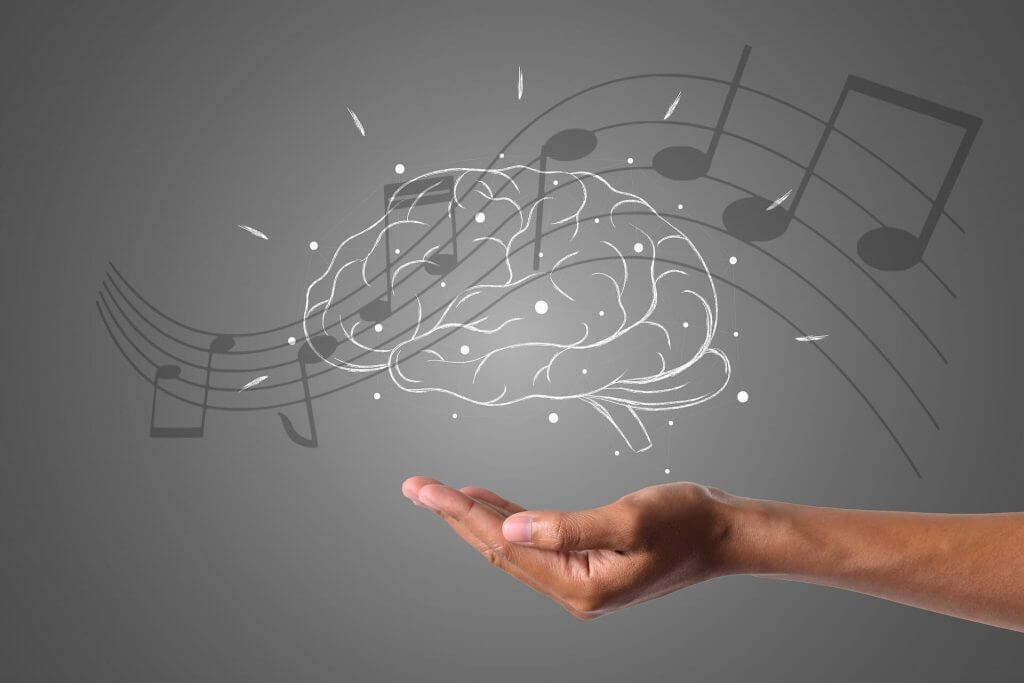Say Goodbye to Stress and Anxiety Through Music Therapy
Everyone experiences stress in their life. Even nobles and aristocrats have to deal with stress at some points of their life. Though the degree of stress is different for everyone. Two different people would react to the same incident very differently. One may experience more stress than the other. With all that said, there are many ways one can do to reduce their level of stress. They can do exercises or some physical activities, they can find a hobby or pursue their interest. They can even hang out and socialize with their friend and family. In this article, I will be talking about one thing that everyone (Hopefully) can relate to; Music. To be precise, how music can relieve stress as well as anxiety.
Music Therapy
In a journal article written by Jashia Mozib Porshi from the University of Chittagong, she dives into the realm of music therapy and its effect on stress and anxiety during the Covid-19 Pandemic. Music therapy is essentially an expressive form of therapy where music is used to accomplish desired goals. In this case, reducing stress and anxiety.
How Does Music Affect Us?
Music is a conglomeration of many different element like pitch, tempo, and dynamics. The pace of a song can differently produces unique effect on the mind. And a mix of all those elements, we can see just how far music have a grasp on the human mind and emotion. That’s why movies and TV series have soundtracks to accompany the scene. Like how an uplifting song can instill hope. How a high tempo song makes us restless. This with the combination of the instruments, note, key, rhythm, etc., just shows how deep music can get.

What To Do to Reduce Stress and Anxiety with Music?
Know How You Feel.
To fix something, you need to know the thing that you want to fix. That is why it is important to know what emotion you are feeling right now. Are you sad, restless, or anxious? After knowing that, how would you want to feel instead? With that in mind, you have a goal to strive for in this journey. Create a playlist and keep it separate from your other playlist. It is important to start out with songs that empathizes with your current mood and then gradually progress to songs that empathizes with your target emotional state and mood.
Below is a guideline from Jashia on creating your own personal therapeutic playlist:
Listen to familiar music
- Our past experience with particular music would determine the manner in how we react to it. For example, Gonna Fly Now from the Rocky film series. You would recall the feeling of triumph as when Rocky went the distance with Apollo Creed in the first movie.
- Memories such as emotional memories are stimulated by music and makes us recall the specific emotion from the past.
- Search for similarly themed music and categorize them for each common mood. (Sluggish, depressed, nervous, tired, anxious, stress, etc.)

Listen to music that you enjoy.
- There are no reasons for you to listen to music that your friends, family, and colleague force you to listen to. If you don’t like it, you don’t like. If you know what you like, it wouldn’t be too hard to find songs that match different moods.
Match your mood
- As stated earlier, you need to diagnose yourself and determine what you are feeling. Only then you would have the idea of what music to listen too. You can break down the musical element to determine whether the song match your emotion:
- Tempo
- Volume
- Harmony and Timbre
Music without lyrics
- Lyrics in songs are basically the songwriter’s story that they want to tell to the world. And when you listen to it, more of your brain would focus on the words and process the meaning behind it. It can also stimulate more of your memory. But if your goal is to relax and allow our brain to wander without consciously focusing on the song, choose songs that don’t have lyrics in it.
Playlist order to reach intended mood.
- The gradual progress is very important to getting your mood from one place to your intended mood.
- Find songs that are at least three minutes long, and the playlist to be at least 30 minutes long.
- For example, if you’re at a high state of anxiety, start with the song that is high in tempo. The next song should be something that have slightly slower tempo. If your intended mood is to be relaxed, the third song should be something that is a little slower. It should also have less instruments or vocals. Gradual is key.
I hope that this article was able to help you in any way, shape, and form. You could share your playlist in the comment section for other that are dealing the same thing with you can refer to. I wish everyone that read this the best. You are not alone.
Ahmad Hashri | Degree in German Language and Linguistic, University of Malaya








